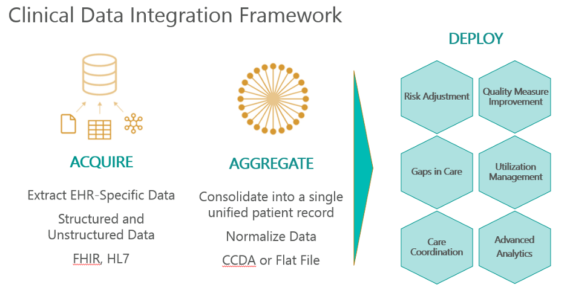September 28, 2021; Bill Keyes, Chief Growth Officer
Collaboration between health plan/MCO partners and providers is critical. Integrating clinical data from the provider EHR and exchanging care gap data from health plans/MCO’s – combined with analytics and work-flow tools – allows clinicians to target an approach for each patient, improving overall quality of care.
Benefits of clinical data exchange include: improved quality scores, reduced chart chasing, increased revenue and care gap closure.
The Challenge:
Meeting the most pressing needs and improving health outcomes across the communities we serve will require a collaborative effort. Clinical data integration and exchange allows health plans to capture comprehensive, rich clinical data through direct EHR integration at the health center level – driving significant benefits to all parties.
- Health plans generally do not have an open gateway to the provider’s EHR database, hence a lack of access to member clinical records. Clinical Data Integration and sharing promotes open dialogue and communications in a more prescribed manner – all around driving better quality outcomes.
- Improving HEDIS performance is a key objective for every health plan. Through seamless collaboration with health centers and provider organizations, health plans can continue to enhance their HEDIS programs and improve clinical quality results.
- Relying solely on claims data for care gaps provides an incomplete picture. With current clinical data directly from the provider EHR, health plans can identify and close care gaps in collaboration with the provider, thereby improving community health and reducing costly ER and hospital visits.
- Chart reviews/audits are a time-consuming and largely manual process. Collecting standard supplemental data directly via Clinical Data Integration puts patient-level clinical data in the hands of health plans, who can then review appropriate chart data in a more timely and automated fashion.
Health plan – provider collaboration is becoming more common and critical, as payers and providers work to improve clinical quality measures, close care gaps, reduce “chart chasing” and coordinate care. Partnerships are evolving & risk sharing arrangements will drive additional need for collaboration and data sharing.
The Solution:
Clinical data integration and exchange allows health plans to capture comprehensive, rich clinical data through direct EHR integration at the health center level.
i2i’s Clinical Data Integration (CDI) streamlines data exchange by leveraging our connectivity with more than 275 provider organizations across 39 states. The CDI solution provides comprehensive data exchange, extracting clinical data directly from the provider EHR, and exchanging attribution and care gap data with providers to improve clinical quality, close care gaps and enhance care coordination.
Leveraging standard supplemental data files from the provider EHR via CDI creates demonstrative value in quality, risk, and provider partnerships. Simply put, health plans gain access to critical clinical data, in real-time, to drive revenue capture.
Providers gain significant benefits as well. Through matching health plan members with provider patient panels, providers can identify members not seen in the clinic and integrate health plan data, such as member attribution and payer care gaps, into provider workflow to close gaps in care & improve quality outcomes

Clinical Data Integration Value:
- Up-lift from baseline HEDIS measures -> rich clinical data vs. claims
- Reduce chart acquisition costs by at least 50% -> $15-25 cost to extract record manually
- Better data/evidence for risk adjustment –> more data, better data
- Understand social determinants -> significant value in SDoH metrics
- Improve care gap closure -> improve overall quality of care
- Engage unseen and at-risk patient populations -> increase revenue
- Reduce provider abrasion and more accurately assess member risk
For more information, please contact us at info@i2ipophealth.com
